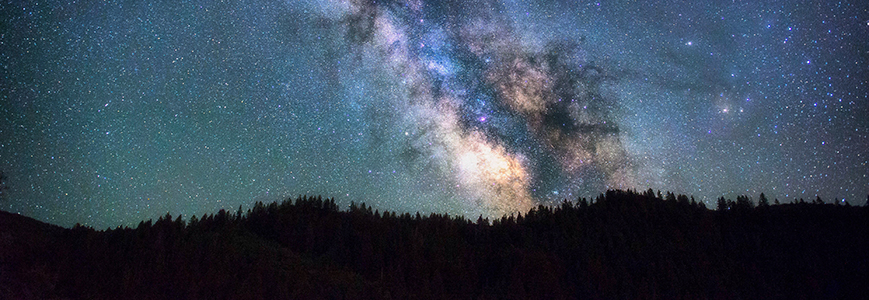Hunting for Other Earths

The search for Earth-like planets just got more precise thanks to record-setting starlight measurements made possible by a custom NIST device.
Our galaxy is full of star systems that could be home to potentially habitable planets, and maybe even extraterrestrial life. But those stars are far away, and the Earth-like planets themselves are too small and dark to see directly.
For decades, astronomers have spotted these planets indirectly by watching the stars themselves. Using telescopes, they look for small variations in the apparent colors of starlight over time. These periodic changes in color are caused by the star “wobbling” – being tugged to and fro by the gravitational pull of an unseen orbiting planet.
But a planet with a mass similar to that of Earth and orbiting at just the right distance from a star – in the so-called "Goldilocks zone," not too close and not too far – is hard to detect with conventional technology.
NIST’s new device – a type of instrument called a frequency comb – acts like a very precise measuring stick. It lets scientists calibrate and track exact colors in starlight and catch those tiny variations that signal the presence of an Earth-like planet.
The new comb was designed and built for a particular planet-finding telescope and experiment in Texas, and has already allowed scientists to make measurements they could not have made before, researchers say.
Contacts
-
PML webmaster

